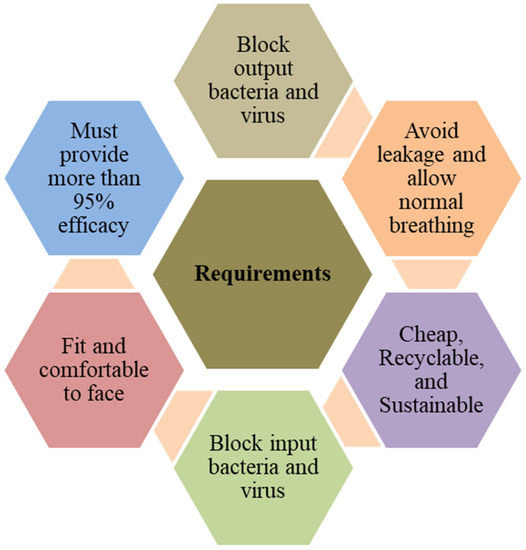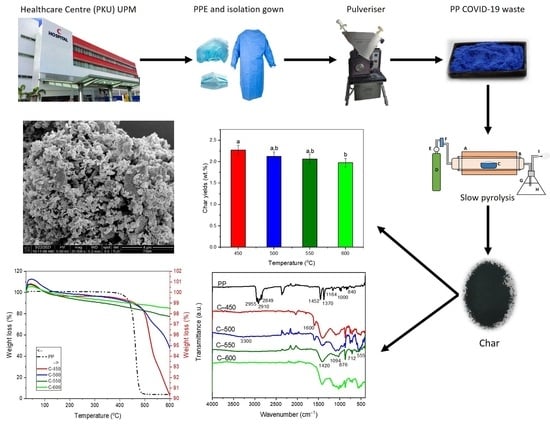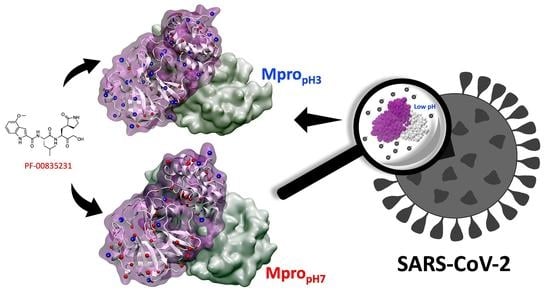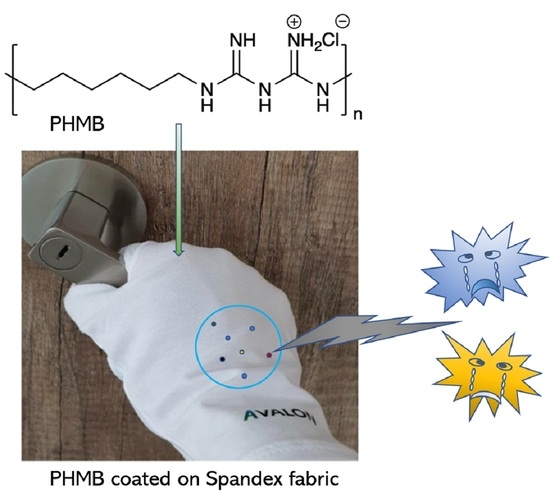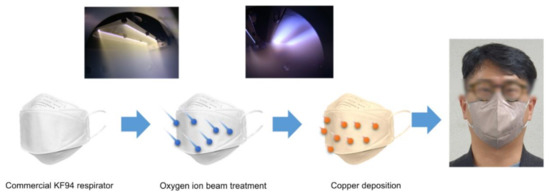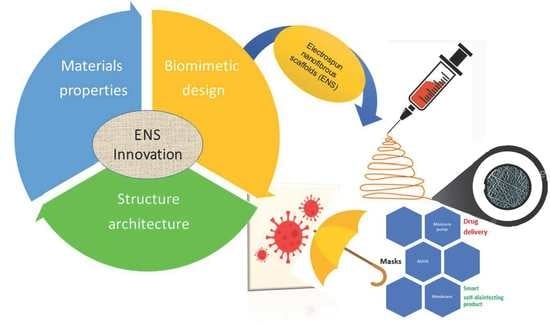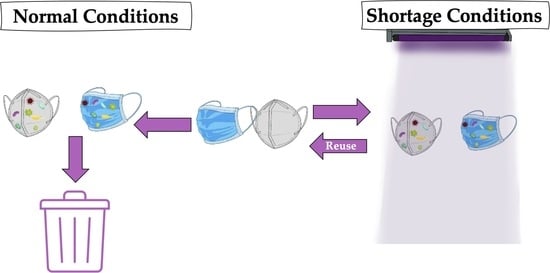Polymeric Materials for COVID-19 Prevention and Treatment (Closed)
A topical collection in Polymers (ISSN 2073-4360). This collection belongs to the section "Polymer Applications".
Viewed by 39191Editor
Interests: safety and health management; environmental management; textile product evaluation; textile testing instrumentation
Special Issues, Collections and Topics in MDPI journals
Topical Collection Information
COVID-19 undoubtedly affects huamn being and our daily life in the past year. Researchers are looking for and exploring solutions to tackle this problems in different ways. Polymeric materials are widely used in our daily life. Thus, this Special Issue is focused on the how the polymeric materials can be a solution for COVID-19 prevention and treatment.
This Special Issue will provide an open forum to draw the attention of academic researchers and industrial experts to look into different aspects of polymeric materials for COVID-19 prevention and treatment. Topics in this Special Issue will include articles related, but not limit to polymeric materials, (i) processing, (ii) treatment, (iii) application, (iv) recycling, (v) reuse, (vi) manufacturing and (vii) new development for COVID-19 prevention and treatment.
Articles (not limited to) of review, full paper, short note, technical report, case study or communication are welcome to submit to this Special Issue.
Keywords
- polymeric materials
- COVID-19
- prevention
- treatment
- application
- development







